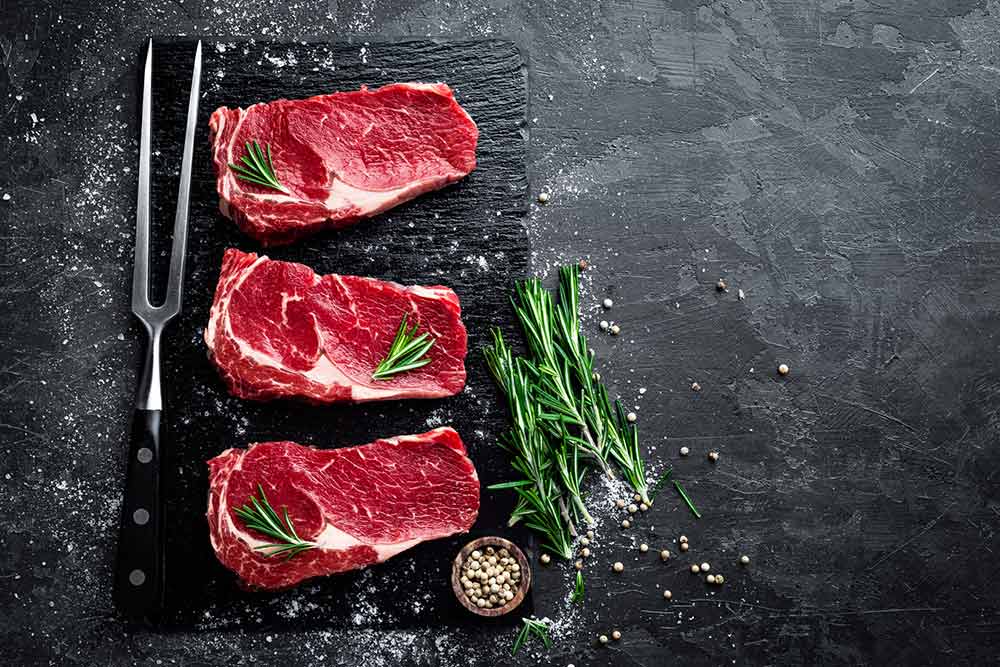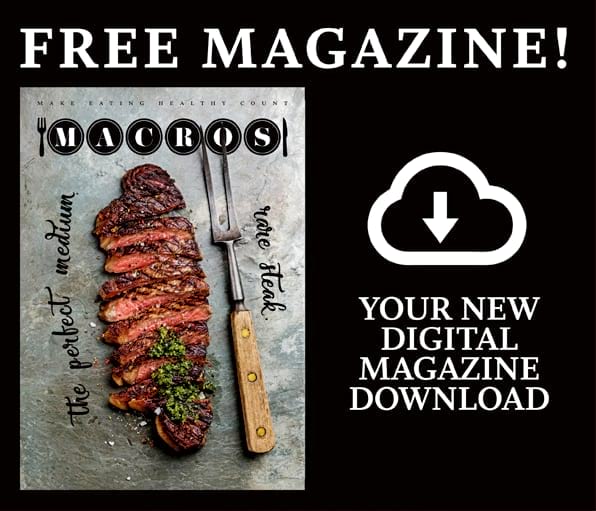By MACROS | Published on September 29, 2017
No diet is perfect, nor should it be. We all respond uniquely to different approaches and have different tastes; plus, there are always a wealth of fads, tricks and fork-based tomfoolery to bite into.
To help you figure out which diet to choose from we critically analyze the most popular diets to give you the good, bad and ugly side of eating for abs. Plus, you’ll even find a tweak on how to make it far more effective.
1. 5:2 diet
Rating 2/5
What
You’ll limit your calorie intake to 600 calories a day for two days then eat as per normal for the other five days, even if normal involves three drive-thru trips.
The science
Keeping your mouth shut seems to be effective at silencing the fat. Research at the Intermountain Medical Center, Utah, found that intermittent fasting is good for your health and your heart because it helps significantly reduce your bodyweight.
The bad
Having five cheat days can make you binge-eat and it’s easy to misjudge what 600 calories on fasting days might look like; plus, it can be unsustainable.
Improve it
Stick to the fasting but on your free-for-all days eat healthy foods, avoiding processed carbs and trans fats. Your weight might still drop even if you keep eating them, but you’ll still be unhealthy inside. It’s possible to be thin and unhealthy so make sure you aren’t.
Did you know? Two large egg-white omelets and a small bowl of breakfast oats contain in total 600 calories.
2. Mediterranean diet

Rating 4/5
What
This is a high-fat approach where you eat mostly plant foods, fruit, olive oil and dairy products with animal protein in low amounts.
The science
You do have a pretty high fat intake, but they’re healthy fats and the approach actually protects you against heart disease, cancer, Parkinson’s and Alzheimer’s, while keeping you lean and helping you live longer, found research in the British Medical Journal.
The bad
Your supermarket has highly nutritious foods from all over the world, which you’ll be a fool to ignore if you follow this plan to the letter.
Improve it
Mixing the Mediterranean diet with a few servings of nuts each day helped people lose 13.7% more abdominal weight and lowered their risk of heart disease even further, found research in the Journal of the American Medical Association.
3. Alkaline diet
Rating 5/5
What
You’ll eat to improve your pH balance by eating 80% alkaline food and 20% acidic foods. Sadly, most proteins are acidic, but then again so are all processed carbs.
The science
This approach is not without its detractors but research in The Journal of Environmental and Public Health found that alkaline diets can increase growth hormone which can create weight loss and improve cardiovascular health and memory.
The bad
There is conflicting research on the matter, with proponents suggesting this diet can cure cancer because cancer can’t grow in an acidic environment. This can cause debate if you bring it up in the wrong circles.
Improve it
Don’t go quite as extreme as the 80:20 ratio and rather stick to a 60:40 ratio of alkaline to acidic foods. This will allow you more protein in your diet and help you lose more pounds.
Did you know? Maintaining a 60:40 alkaline:acid diet could help reduce cardiorespiratory stress, according to research.
– RELATED: Which Is Better: Flexitarian or DASH Diet? –
4. High protein low carb
Rating 5/5
What
You’ll cut out the carbs and stick to a high-protein diet.
The science
Research at the Stanford University School of Medicine, California, compared four diets over the long term and found that Atkins came out on top – proving carbs can make you gain weight.
“Protein is more satiating than carbohydrates or fats, which may have helped those in the Atkins group to eat less without feeling hungry,†says Dr Christopher Gardner, the lead researcher.
The bad
The lack of carbs can make you feel limper than 10-day-old lettuce during your workouts. .
Improve it
Eat carbs but make sure you time them perfectly. “Eat 40-50g of carbs (along with your protein shake) about 40 minutes before your gym session and then another 40g afterwards,†says sports nutritionist Matt Lovell. This gives you energy to train but without packing on the stodge.
Did you know? Consuming 40g carbs pre-workout prevents a detrimental drop in blood glucose and muscle glycogen.
5. Paleo Diet

Rating 4/5
What
You’ll eat like a caveman, cutting out the things our ancestors didn’t have access to, like grains, sugars, starchy tubers (potatoes), legumes and dairy.
The science
Dietary evolutionary back- pedaling is intelligent in design because researchers at Purdue University, Indiana, found Paleo foods lower cholesterol and reduce your risk of disease while eliminating both obesity and diabetes. So it works, but you still sound like you’re in a cult when you talk about it.
The bad
Simply going to a friend’s house for dinner can be a nightmare with all your ‘special’ dietary requirements.
Improve it
Get a bit more relaxed about dairy because it’s no longer considered a life-threatening pursuit. Research in the American Journal of Clinical Nutrition found that men trying to get leaner and who had high calcium (580mg of dairy calcium) and vitamin D intakes were 6kg leaner after two years than guys who only had 150mg of dairy calcium.

